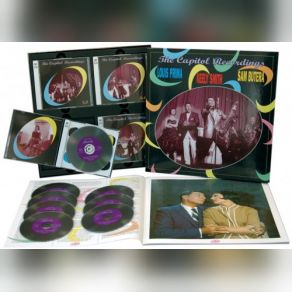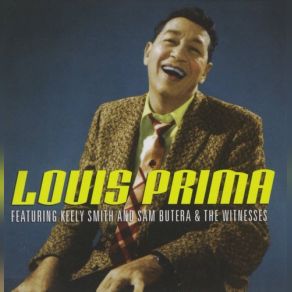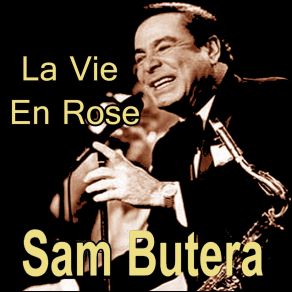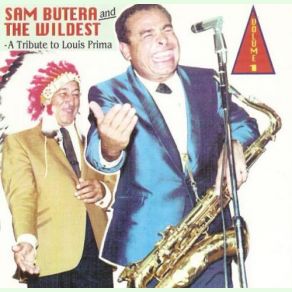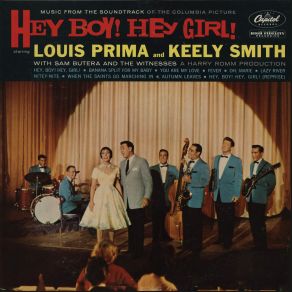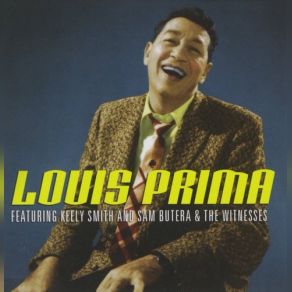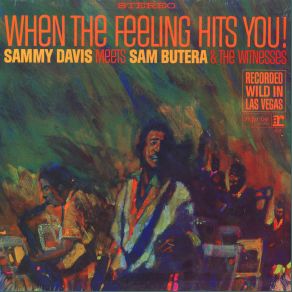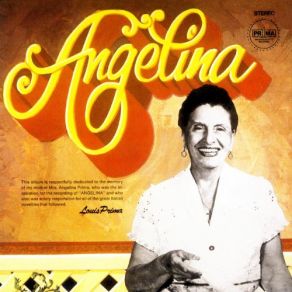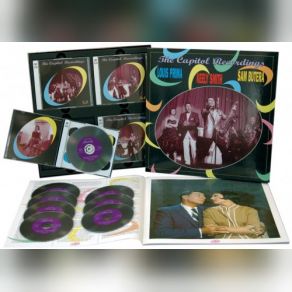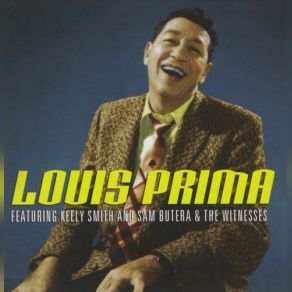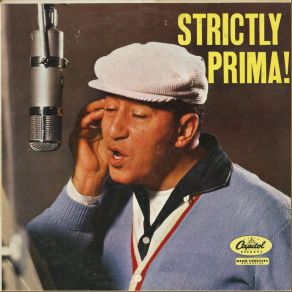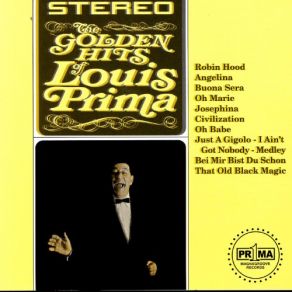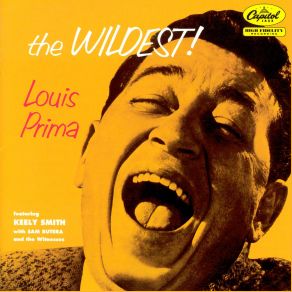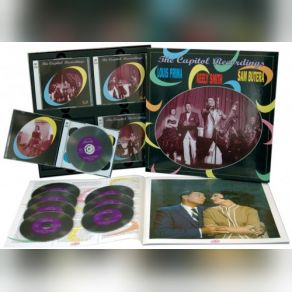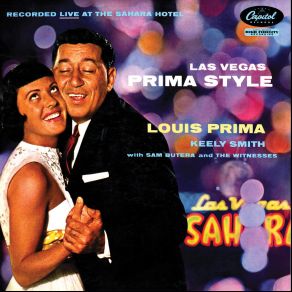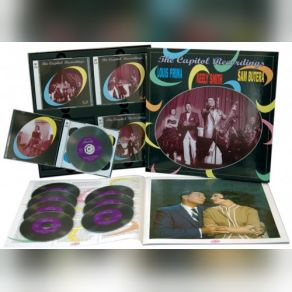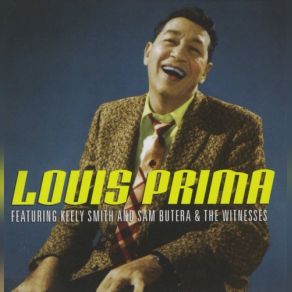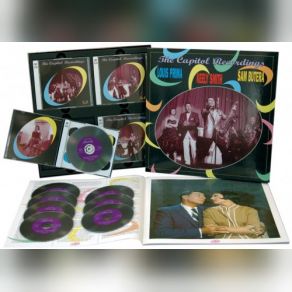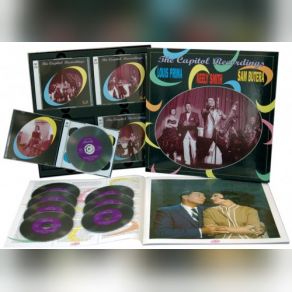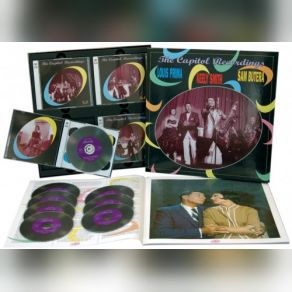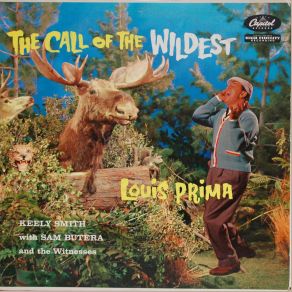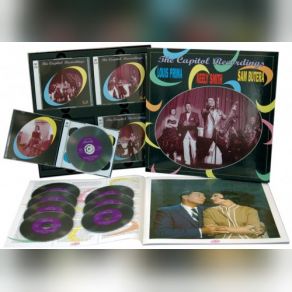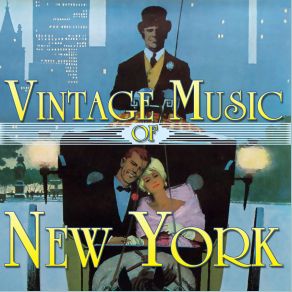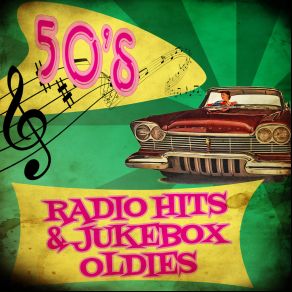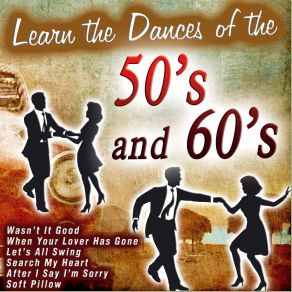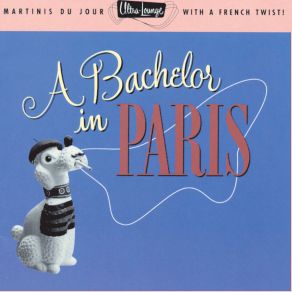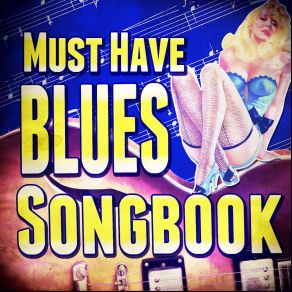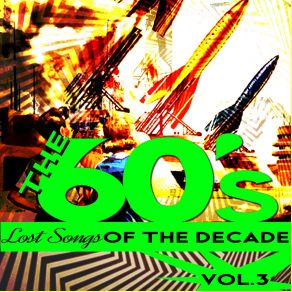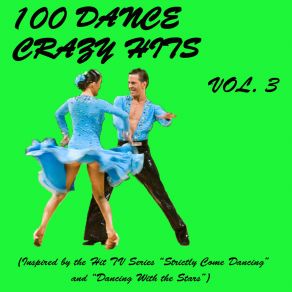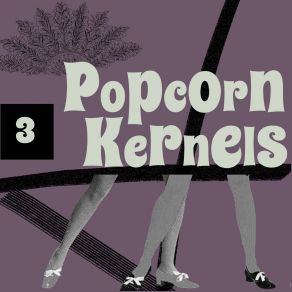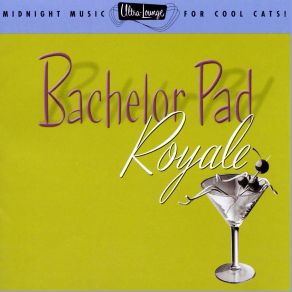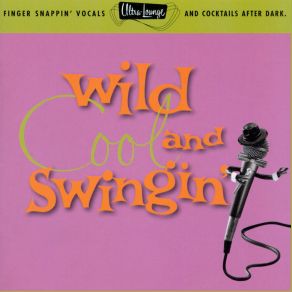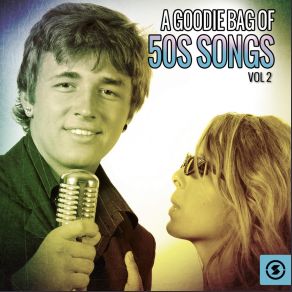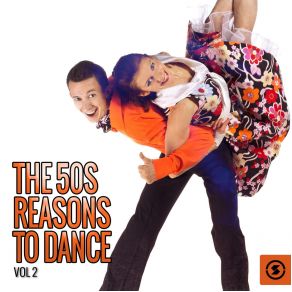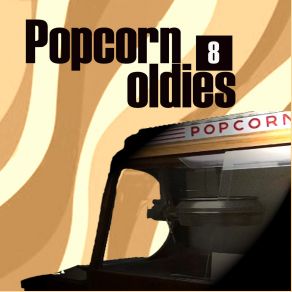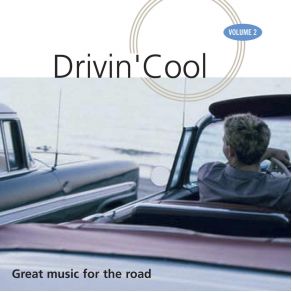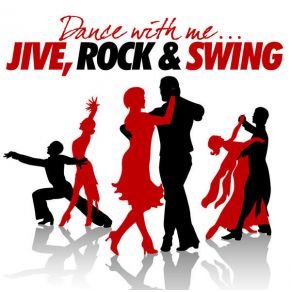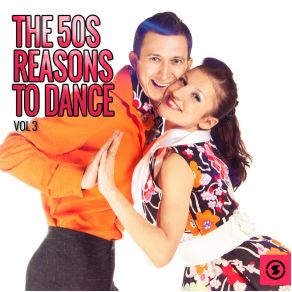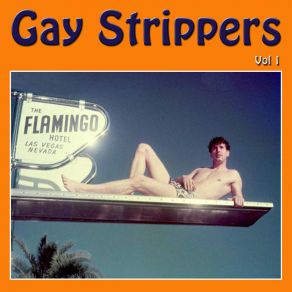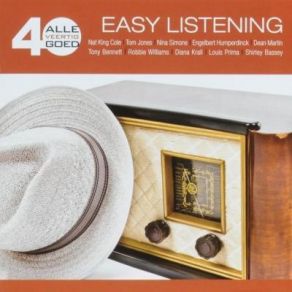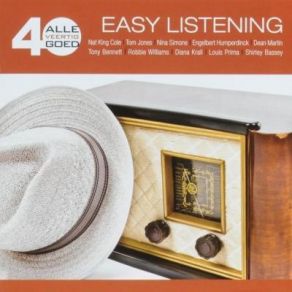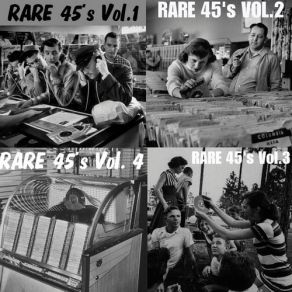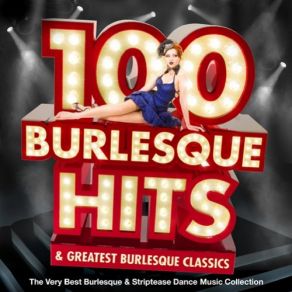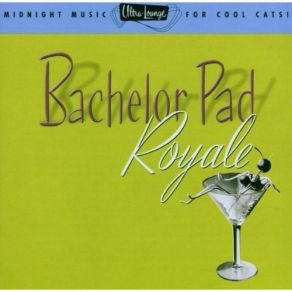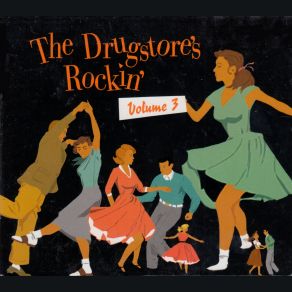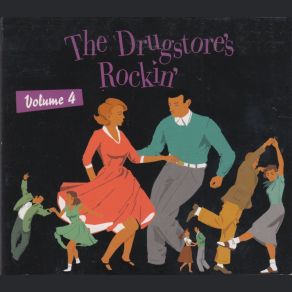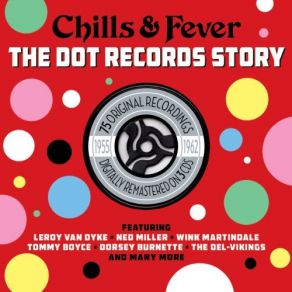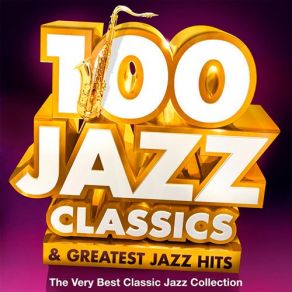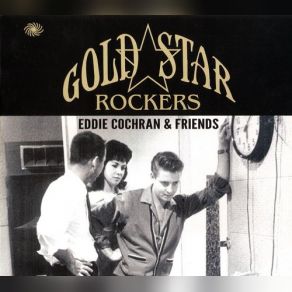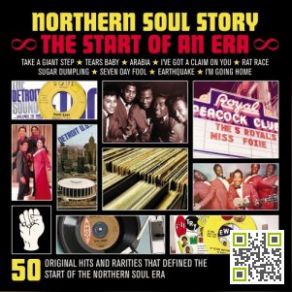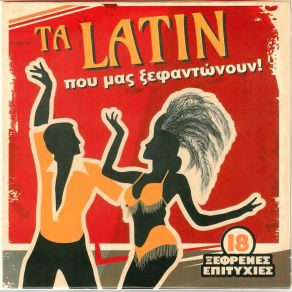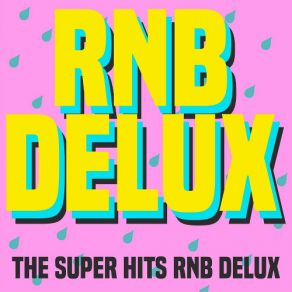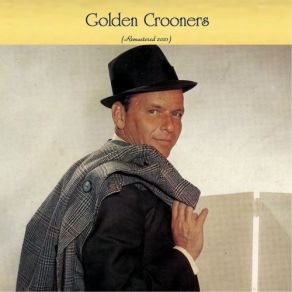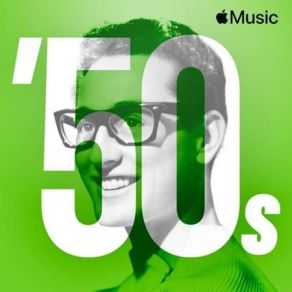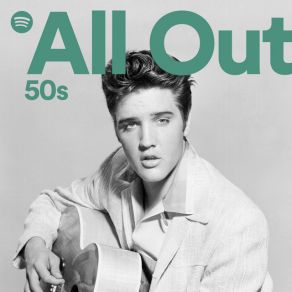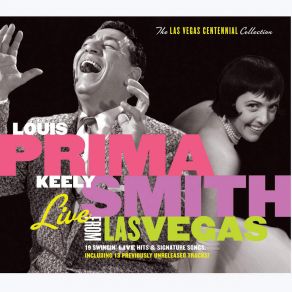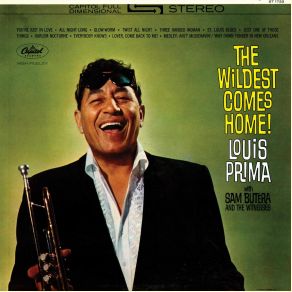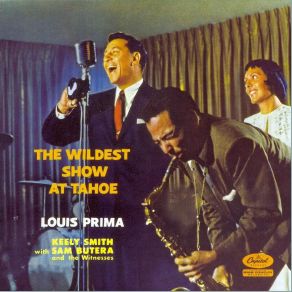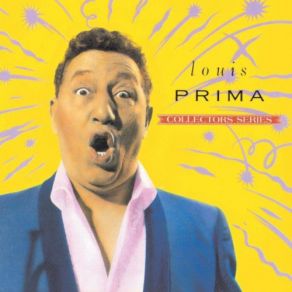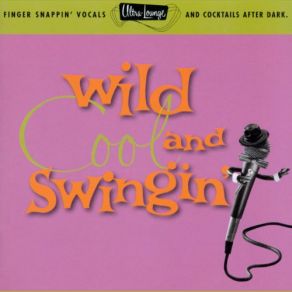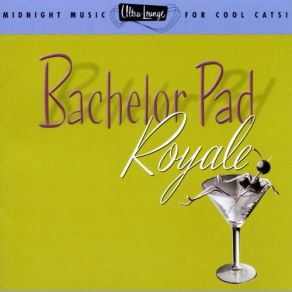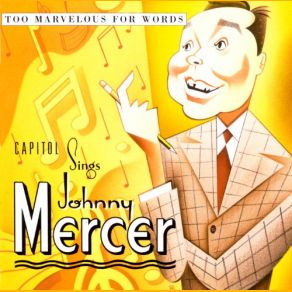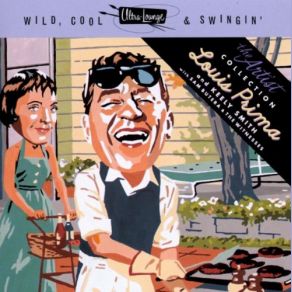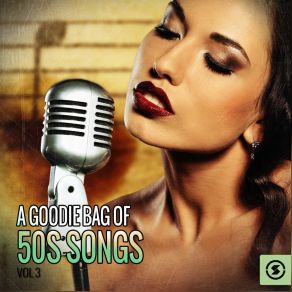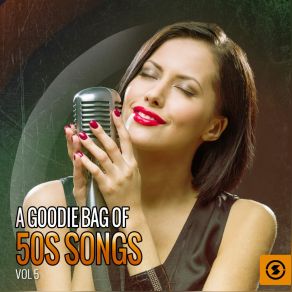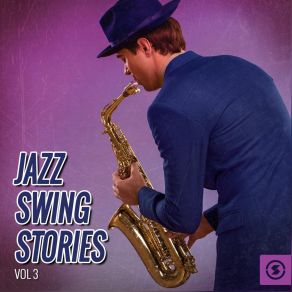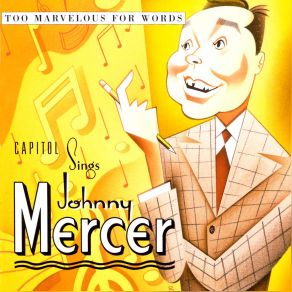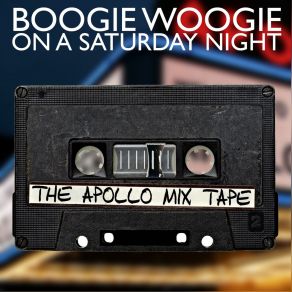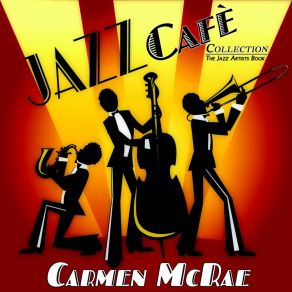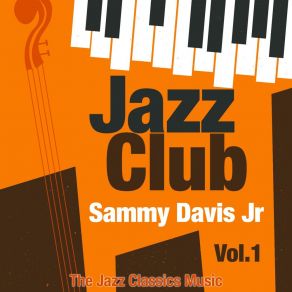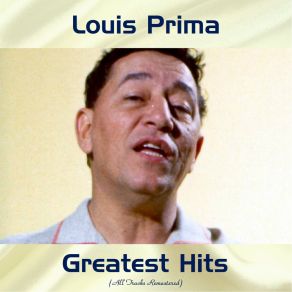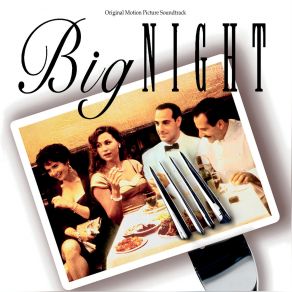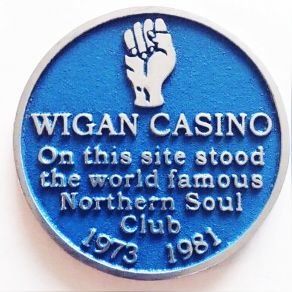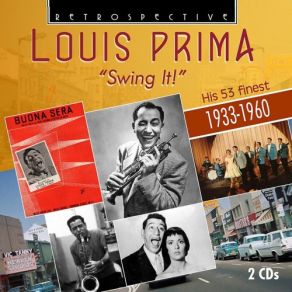Sam Butera
Wikimp3 information about the music of Sam Butera. On our website we have 42 albums and 56 collections of artist Sam Butera. You can find useful information and download songs of this artist. We also know that Sam Butera represents Jazz genres.
Biography
[Edit]Sam Butera spent much of his career leading Louis Prima's band, but his career continued long after Prima's death, coming to include sounds and styles far beyond Prima's brand of New Orleans jazz. A rock, R&B, and jazz legend, Butera is a towering crossover figure at the saxophone and as a bandleader.
He was born in New Orleans to Italian-American parents. His father Joseph owned a butcher shop in a black section of the city, and played the guitar and the concertina in his spare time. At a wedding he was taken to at age seven, Sam Butera first saw and heard a saxophone, and, with his father's blessings, asked to take lessons. He studied the clarinet at school but eventually returned to the sax, and at age 18 was featured in Look magazine (Life's major competitor) as one of the top young jazzmen in the country. He got a gig with Ray MicKinley right out of high school, and also played with the bands of Tommy Dorsey and Joe Reichman. His major influences in those years included Charlie Ventura, Lester Young, Gene Ammons, Charlie Parker, and Big Jay McNeely; he seemed to gravitate naturally to swing and bebop. Ultimately, however, the biggest influence on his playing was Lee Allen, a member of Paul Gayten's band, with which he frequently played.
Butera formed his own group — inspired by Gayten's band — after returning to New Orleans, and they quickly began a four-year engagement at the 500 Club, which was owned by Louis Prima's brother. His sound reflected a vast range of influences, including modern jazz and R&B, and in 1951 Butera cut a pair of raunchy R&B instrumental sides that might have figured in the early history of white rock & roll if only they'd gotten out at the time. He also had a featured spot in a Woody Herman concert that yielded both a chance for a new tour and a recording contract with RCA. The resulting sessions in the fall of 1953 gave Butera a chance to rock out in an alternately soft and sweet, or hard and playful manner. There weren't any significant sales, but RCA had him back in early 1954 for a series of sessions of its R&B-oriented Groove label (home of Piano Red, amongst others), and his version of "I Don't Want to Set the World on Fire" was a modest regional hit.
He played some R&B shows, including a celebrated tour as part of Alan Freed's first East Coast rock & roll showcase, and Butera's loud, wild sax sound won him an enthusiastic following. By 1955, however, he was back doing jazz with Ella Fitzgerald and Louie Bellson. He finally hooked up with Louis Prima and spent the next 20 years leading his band, the Witnesses. Butera's own record releases were cut short, with only a handful of his Groove sides (including a vocal performance, "Giddyap Baby") ever issued at the time.
Butera achieved financial security over the next 20 years working for Prima, and only then, in the mid-'70s, began re-emerging as a performer in his own right.
Title: The New Sounds of the Louis Prima Show
Artist: Sam Butera, Gia Maione, The Witnesses Louis Prima
Genre: Jazz, Vocal Jazz, Pop, Theatre/Soundtrack, Vocal & Symphonic
Title: The Capitol Recordings (CD3)
Artist: Louis Prima, Keely Smith, Sam Butera
Genre: Blues, Jazz, Rock & Roll
Title: Buona Sera (CD2 - Zooma Zooma)
Artist: The Witnesses, Sam Butera, Keely Smith, Louis Prima
Genre: Hip Hop/R&B, Jazz, Vocal Jazz
Title: Hey Boy! Hey Girl!
Artist: Louis Prima, Keely Smith, Sam Butera, The Witnesses
Title: Buona Sera (CD3 - Sing, Sing, Sing)
Artist: The Witnesses, Sam Butera, Keely Smith, Louis Prima
Genre: Hip Hop/R&B, Jazz, Vocal Jazz
Title: When the Feeling Hits You! (Sammy Davis Meets Sam Butera & The Witnesses)
Artist: Sam Butera, Sammy Davis, The Witnesses, JR
Genre: Jazz, Vocal Jazz, Rock, Pop, Theatre/Soundtrack
Title: The Capitol Recordings (CD5)
Artist: Louis Prima, Keely Smith, Sam Butera
Genre: Blues, Jazz, Rock & Roll
Title: Buona Sera (CD1 - Just A Gigolo)
Artist: The Witnesses, Sam Butera, Keely Smith, Louis Prima
Genre: Hip Hop/R&B, Jazz, Vocal Jazz
Title: The Golden Hits Of Louis Prima
Artist: Sam Butera, Gia Maione, The Witnesses Louis Prima
Genre: Jazz, Vocal Jazz
Title: The Wildest!
Artist: Louis Prima, Keely Smith, Sam Butera, The Witnesses
Genre: Hip Hop/R&B, Soul, Blues, Jazz, Vocal Jazz, Pop
Title: The Capitol Recordings (CD6)
Artist: Louis Prima, Keely Smith, Sam Butera
Genre: Blues, Jazz, Rock & Roll
Title: Las Vegas Prima Style
Artist: Louis Prima, Keely Smith, Sam Butera, The Witnesses
Title: The Capitol Recordings (CD4)
Artist: Louis Prima, Keely Smith, Sam Butera
Genre: Blues, Jazz, Rock & Roll
Title: Buona Sera (CD4 - Fee Fie Foo)
Artist: The Witnesses, Sam Butera, Keely Smith, Louis Prima
Genre: Hip Hop/R&B, Jazz, Vocal Jazz
Title: The Capitol Recordings (CD1)
Artist: Louis Prima, Keely Smith, Sam Butera
Genre: Blues, Jazz, Rock & Roll
Title: The Capitol Recordings (CD2)
Artist: Louis Prima, Keely Smith, Sam Butera
Genre: Blues, Jazz, Rock & Roll
Title: The Capitol Recordings (CD7)
Artist: Louis Prima, Keely Smith, Sam Butera
Genre: Blues, Jazz, Rock & Roll
Title: The Call of the Wildest
Artist: Louis Prima, Keely Smith, Sam Butera, The Witnesses
Genre: Hip Hop/R&B, Soul, Blues, Jazz, Vocal Jazz, Pop
Title: The Capitol Recordings (CD8)
Artist: Louis Prima, Keely Smith, Sam Butera
Genre: Blues, Jazz, Rock & Roll
Collections
Title: Vintage Music of New York
Genre: Jazz
Title: Ready, Set.. Beach!
Genre: Pop
Title: 50's Radio Hits & Jukebox Oldies
Genre: Rock
Title: Learn the Dances of the 50's and 60's
Genre: Pop
Title: Ultra-Lounge: A Bachelor In Paris, Vol. 10
Genre: Pop
Title: Must Have Blues Songbook
Genre: Blues
Title: Gay Strippers Vol 2
Genre: Blues
Title: The Sixties - Lost Songs of the Decade, Vol. 3
Genre: Rock
Title: Drive-In Memories 12
Genre: Hip Hop/R&B, Soul, Pop
Title: Popcorn Kernels 3
Genre: Hip Hop/R&B, Soul, Pop
Title: Ultra-Lounge: Vegas Baby Too!
Genre: Pop
Title: Ultra-Lounge: Bachelor Pad Royale, Vol. 4
Genre: Pop
Title: Ultra-Lounge, Vol. 5: Wild, Cool & Swingin'
Genre: Jazz
Title: Rock the Joint
Genre: Rock
Title: I Love You, Mom: A Gift for Mother's Day, Vol. 1
Genre:
Title: A Goodie Bag Of 50s Songs, Vol. 2
Genre: Pop
Title: The 50s: Reasons to Dance, Vol. 2
Genre: Pop
Title: Popcorn Oldies 8
Genre: Hip Hop/R&B, Soul, Pop
Title: Ultra-Lounge / Saxophobia, Vol. 12
Genre: Jazz
Title: Drivin' Cool, Vol. 2 (Great Music for the Road)
Genre: Jazz
Title: Amazing Vintage Fantasy Vol. 1
Genre: World Music
Title: The 50s: Reasons to Dance, Vol. 3
Genre: Pop
Title: A Goodie Bag of 50s Songs
Genre: Pop
Title: Gay Strippers Vol 1
Genre: Blues
Title: Alle 40 Goed (Easy Listening) (EMI 2013) (CD2)
Genre: Rock, World Music, Pop
Title: Alle 40 Goed (Easy Listening) (CD2)
Genre: Rock, World Music, Pop
Title: Rare 45's Vol. 4 (CD2)
Title: 100 Burlesque Hits & Greatest Burlesque Classics (CD1)
Genre: Blues, Jazz, Rock & Roll
Title: The Drugstore's Rockin' Vol. 3
Genre: Rock & Roll
Title: The Drugstore's Rockin' Vol. 4
Genre: Rock & Roll
Title: The Groove Records Story. Quicksand 1954-1956 (CD2)
Genre: Rock & Roll, Rockabilly, Pop
Title: Chills & Fever - The Dot Records Story (CD3)
Genre: Rock & Roll, Rockabilly, Pop
Title: 100 Jazz Classics & Greatest Jazz Hits (CD2)
Genre: Jazz
Title: Twistin' USA (CD2)
Genre: Hip Hop/R&B, Rock, Rock & Roll, Pop, Pop Rock, Kids
Title: Handy Man: The Otis Blackwell Songbook
Genre: Rock & Roll
Title: Jumpin' Like Mad; Cool Cats & Hip Chicks (CD2)
Genre: Blues
Title: Lou Adler: A Musical History
Title: Highschool Rock Of The 50's (CD10: Honey Love)
Genre: Rock & Roll
Title: Northern Soul Story The Start Of An Era
Genre: Hip Hop/R&B, Soul, Funk
Title: Noel Gospel Christmas Gospel
Title: Rnb Delux (The Super Hits RnB Delux)
Genre: Hip Hop/R&B, Gospel, Rock, Rock & Roll, Rockabilly
Title: Mid Century Music For Mad-Men: Saxofone! (Remastered)
Genre: Jazz
Title: '50s Dance Party Essentials (CD1)
Genre: Hip Hop/R&B, Rock, Punk Rock, Dancefloor, Pop, Dance Pop
Title: All Out 50s (CD3)
Genre: Hip Hop/R&B, Jazz, Rock, Punk Rock, Pop
Featuring albums
Title: Capitol Collectors Series: Louis Prima
Artist: Louis Prima
Genre: Hip Hop/R&B, Soul, Blues, Jazz, Vocal Jazz, Pop
Title: Jazz Cafè (The Jazz Artists Book) / Jazz Cafe (The Jazz Artists Book)
Artist: George Gershwin
Genre: Jazz
Title: Big Night (Original Motion Picture Soundtrack)
Artist: Various Artists
Genre: Theatre/Soundtrack

